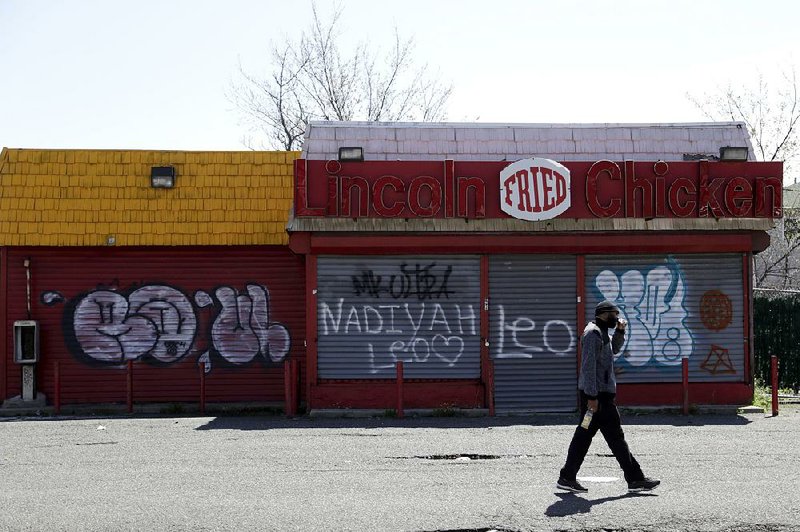WASHINGTON -- President Donald Trump's administration is proposing rules for investors in a new program that it says could have a big impact on economically depressed areas around the country.
About 8,700 so-called opportunity zones have been set up in all 50 states to attract investors and developers with tax breaks.
The rules from the Treasury Department, issued Friday, lay out the period of time that individuals or companies must hold on to their investments in the zones to avoid paying taxes on resulting profits.
Administration officials say the goal of the program, established by the new tax law enacted last December, is to create businesses and jobs in low-income areas and lift residents out of poverty. Treasury Secretary Steven Mnuchin predicts that $100 billion in private capital will be invested in the new zones.
"This incentive will foster economic revitalization and promote sustainable economic growth," Mnuchin said in a statement.
But some critics say the new rules and the way the program is set up will benefit real estate developers and Wall Street funds, and will pull investment toward more well-off areas that need it least.
"The real estate industry is completely excited and mobilized about this, and now is getting paid through massive tax cuts," said Timothy Weaver, a professor at the State University of New York in Albany who has studied similar development programs.
He said the program "doesn't have much of an effect other than giving tax breaks to people who are going to invest anyway."
Under the rules, the investments are open to individuals, corporations, partnerships and real estate investment trusts. Any kind of business or real estate development is qualified so long as it isn't deemed by regulators to contribute to vice -- a liquor store or massage parlor, for example. Participants can take their profits from unrelated investments and plow them into an opportunity zone fund, avoiding paying taxes on those gains until the end of 2026. Depending on how many years they hold the investment, they can reduce their eventual tax bill by up to 15 percent.
The IRS rules specify that funds don't have to include the value of the land when calculating how much the law requires them to spend renovating or refurbishing property, according to the Treasury official. For example, if a fund were to pay $1 million for a warehouse and land, with the building valued at $400,000, the fund has to spend at least what the building is valued -- not the total purchase price -- in renovations.
Investments within the zones held for 10 years or more are entirely free of capital gains taxes.
A new rule sets up a 70-30 split for determining if certain businesses are eligible for the tax break. Provided that at least 70 percent of a business's "tangible" property sits within a zone, it is considered eligible even if the rest is outside the zone. An example would be individual locations of a restaurant chain, some inside and some outside.
With 30 percent of the properties allowed outside the zones, many of the new jobs could come in already booming areas, Weaver suggested. Conventional economic development programs generally require all of a business's property to be within the affected area, he said.
Brett Theodos, principal research associate at the Urban Institute, estimates that only about 10 to 15 percent of the zones will attract investment, and that around 10 percent could get 90 percent of the money invested.
The 8,761 census tracts -- in every state, the District of Columbia and five U.S. territories -- now officially beckoning to investors as opportunity zones encompass some 35 million people. Based on Census data, the zones have an average poverty rate of about 32 percent, compared with the national average of 17 percent.
Governors in the states and territories put forward their choices for areas to become special development zones. Every choice -- 100 percent of the areas proposed -- was blessed by the Treasury Department after a four-month review.
The choices "indicate only minimal targeting of the program toward disadvantaged communities with lesser access to capital," Theodos wrote in a research paper. "Low- and moderate-income residents will need to be able to afford to remain in their communities as the areas upgrade and not be displaced, if they are to benefit from the gains opportunity zones bring."
Information for this article was contributed by Laura Davison of Bloomberg News.
Business on 10/20/2018

